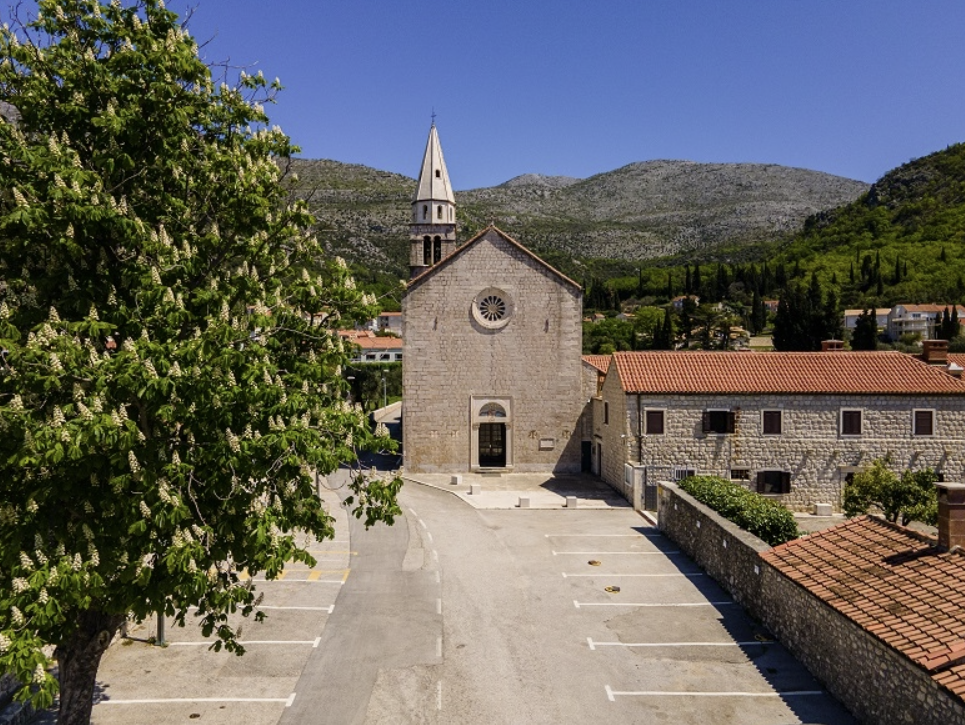Explore the Dubrovacko primorje
Rector's Palace Slano
The Rector’s Palace was the administrative center during the time of the Republic of Dubrovnik. During the century, it was accompanied by political troubles where it was destroyed. It was renovated and opened again in 2017 and returned to its former state.
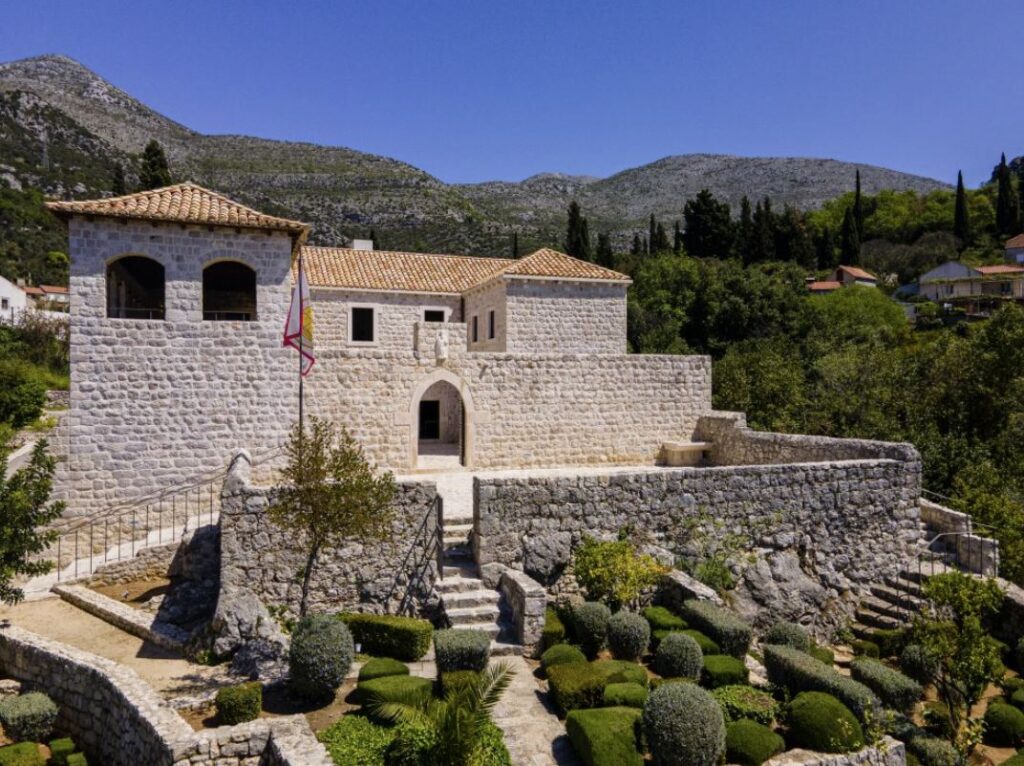
Viewpoint Gajina
The view from the Gajina viewpoint stretches from the Pelješac peninsula and the Mljet national park to Elafite towards the south. It is best to reach it on foot or by bicycle as a good form of active vacation, and there is also a rest area and “bike-self-service” near the viewpoint.
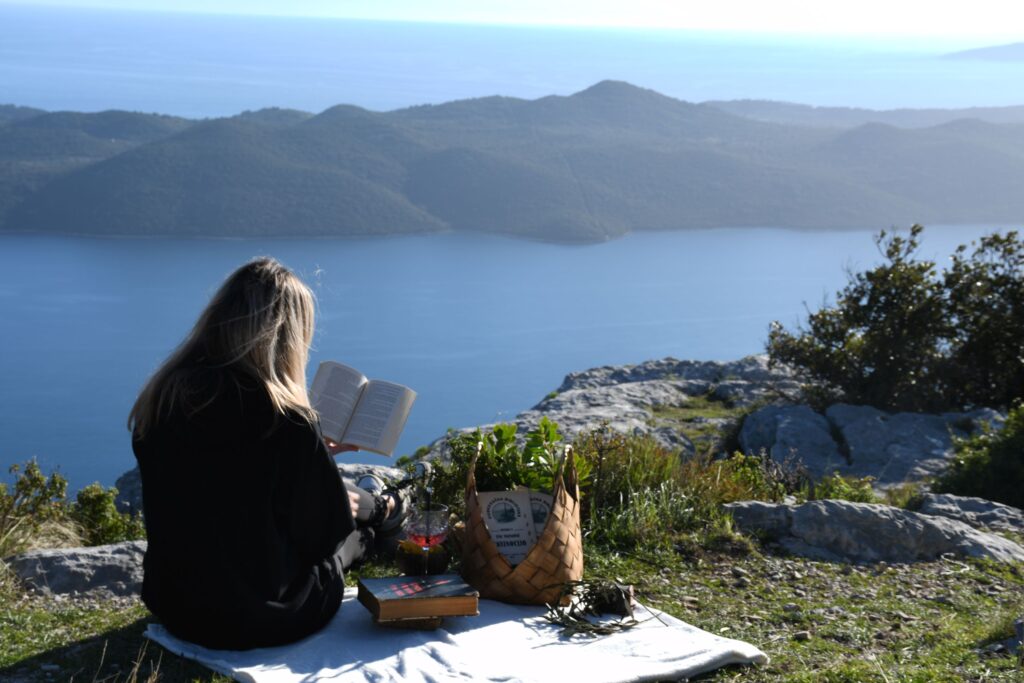
The native house of the Dubrovacko primorje
The native house of the Dubrovacko primorje in Slano is a newly opened renovated space that is a central place for gathering, education and socializing of the local population, but it is also a unique space with a rich cultural exhibition offer intended for visitors from all over the world who want to get to know the local culture. The native house is located in the premises of the Parish Hall, which is a valuable protected asset, which the Dubrovnik diocese gave to the municipality for fifty years of use. The building itself was demolished and destroyed during the Croatian war of Independence, and the local authorities, in cooperation with other local stakeholders, restored it and put it into a social and touristic functionp
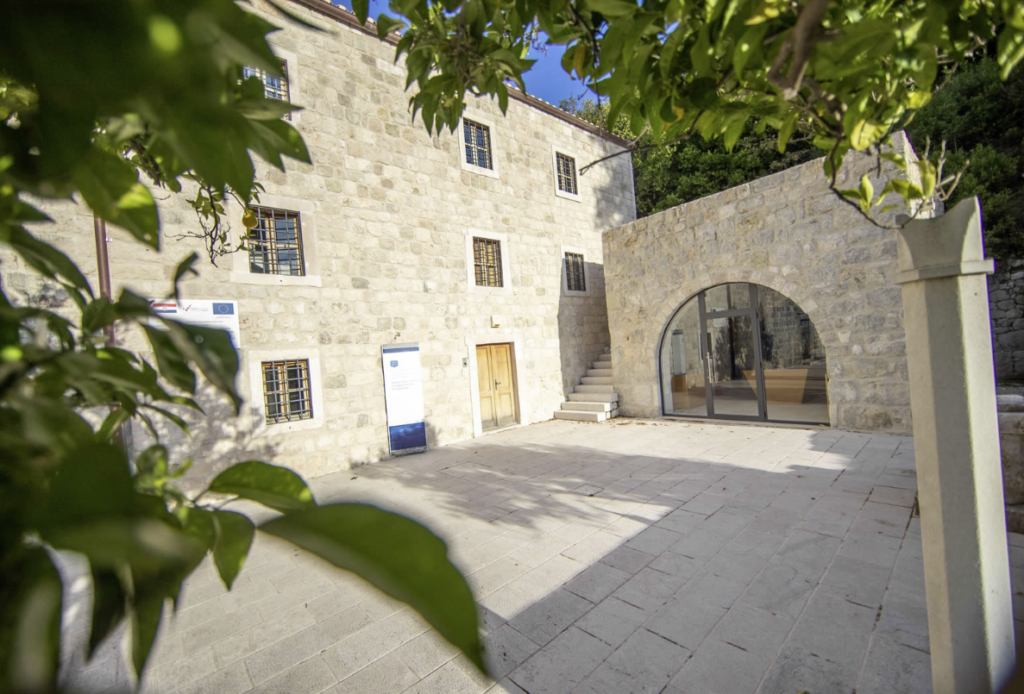
Church Rotonda in Oslje
The Rotonda is the unofficial name of the remains of a small church located on the slopes of Utrk Hill, which descends towards the Mali Ston Bay. Ošlje used to be one of the larger inhabited places, and certainly one of the oldest, as it was mentioned already in the 10th century. The atia – a circular floor plan with eight apses on the outside and inside.
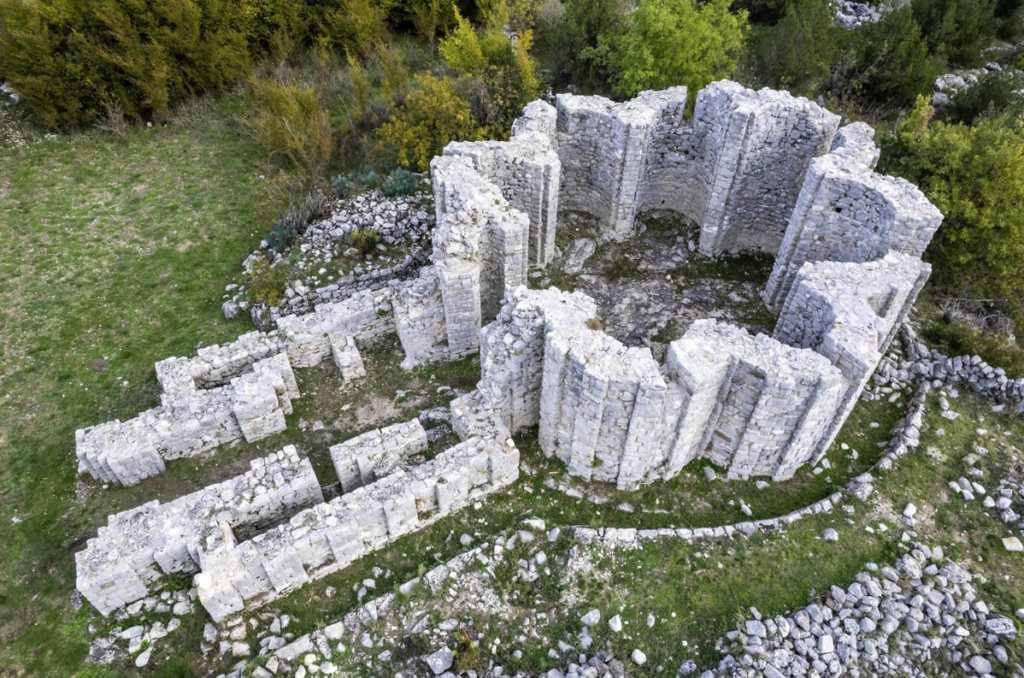
Church of St. Jerome, Franciscan monastery and lapidary
Among the many reminders of some ancient times are the church of St. Jerome, Franciscan
monastery and lapidary. The entire monastery complex is located slightly south of the Slano
settlement, positioned at a point from which the entire bay, canal and surrounding hills can be easily
controlled. Just like the very idea of building this complex, its position is not accidental. Namely, in
1399, immediately after appropriating the Dubrovacko primorje, the Republic of Dubrovnik gave permission to the Bosnian Franciscans to build a monastery with one goal – to suppress bogumilstvo.
Republic of Dubrovnik. During the century, it was accompanied by political troubles where it was destroyed. It was renovated and opened again in 2017 and returned to its former state.
